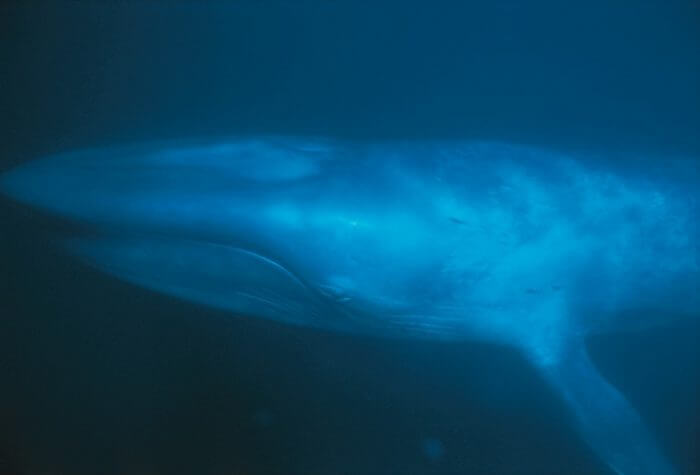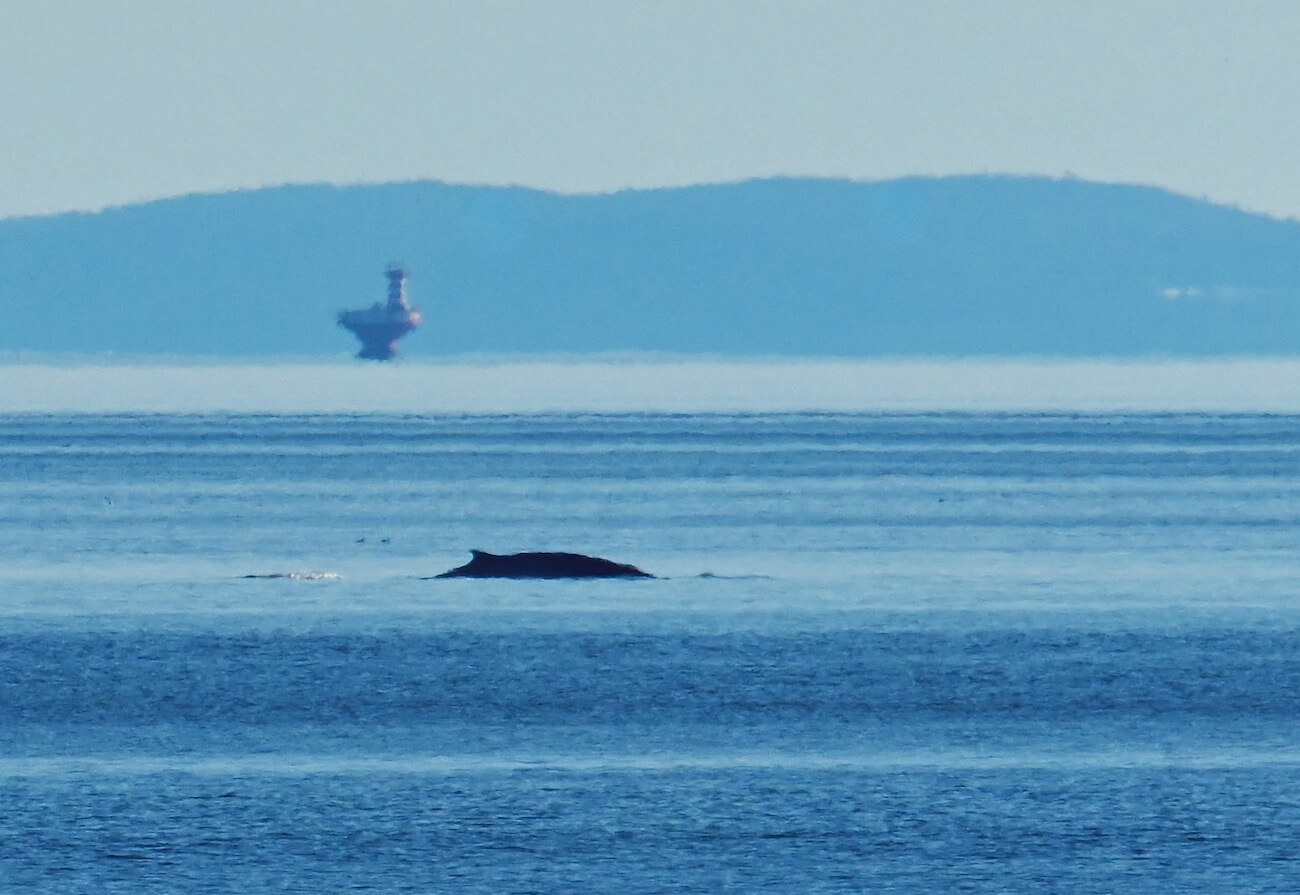Mammals specialized for aquatic life
The whales that we know today are extraordinarily well adapted to life in the water. Millions of years in the sea have favoured transformations to facilitate life in this new environment. Nostrils have evolved into blowholes and are now located at the top of the head. Hind limbs have disappeared and front limbs have transformed into fins. The body has lost its fur and nearly all of its hair. It is streamlined. A horizontal, powerful propeller of a tail has attached itself to the vertebral column. These adaptations blur the relationship that exists between whales and their closest living relatives.
However, whales, like humans, are mammals. They have lungs and breath air. They are warm-blooded, meaning they maintain a constant body temperature (37°C). Their offspring develop in the mother’s womb, are nourished by the placenta during pregnancy and are nursed after birth.









